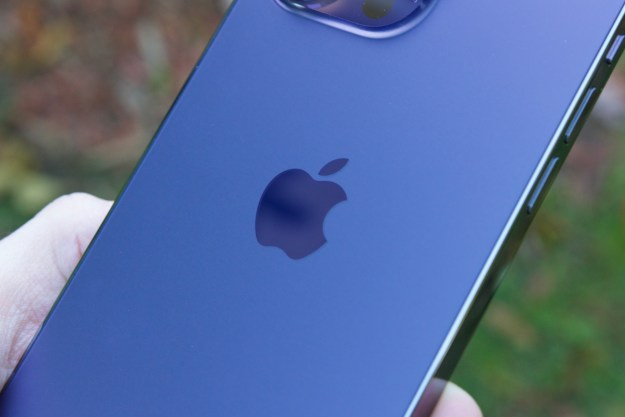
The acquisition of Beats Music gives Apple a foothold into the music streaming market. Cupertino may have led the way with iTunes, but iTunes Radio was late to the music streaming party. Apple only jumped in after Spotify, Google, and others proved that there is a real demand for a monthly subscription music service. Now, Beats Music presents a chance for Cupertino to restore the balance. To sweeten the deal, Beats comes with the bonus of new hardware, a relatively sexy brand and apps on two competing platforms.
The main question on many people’s minds is this: Will Apple keep the Beats Music app on Android and Windows Phone? Well, now we know.
“It’s on
There it is, straight from the horse’s mouth, or more accurately the mouth of Eddy Cue, Apple’s Senior VP of Internet Software and Services, during a speech at the Code Conference. But why is Apple keeping the
Crossing the platform divide
There are many compelling reasons why Apple finally decided to spend some of its gold on an eye-catching purchase like Beats, but the deal has garnered plenty of criticism as well. Still, one of the most important implications of the purchase may have just flown under the radar. Apple is now the proud owner of Beats Music apps on Android and Windows Phone devices.
In the immediate aftermath of Apple’s $3 billion Beats acquisition, few would have raised an eyebrow if the apps on rival platforms quietly disappeared, but they’re still there – for now.
In the past, Apple moved quickly to shut down the
And the Beats go on
Streaming music is a numbers game and Apple needs every subscriber it can get if it really expects Beats Music to compete with the likes of Spotify, which is now home to more than 10 million paying subscribers. It’s a tough space for Beats to break into and apparently the numbers have not been impressive so far. Cutting

“Keeping [Beats] on
Apple isn’t a complete stranger to the charms of a cross-platform service. If you’re going to be pragmatic about it, then it certainly makes sense to keep supporting the
The times they are a-changin’
“We put iTunes on Windows in order to sell more iPods,” Jobs told his biographer Walter Isaacson. “But I don’t see the advantage of putting our own music app on
We’ll never know what Jobs would have made of this deal, but Apple is moving beyond WWSJD thinking. There is actually a good reason to keep Beats Music on
Bajarin expanded on his longer term thinking idea on his Techpinions blog suggesting that, “Much great research exists that points out that once a customer tries one of your products they strongly consider more in the future. What is Apple’s halo product for billions of mid-low end
The grass is greener
When Cook was asked about porting an iOS app to
The interviewer was talking about iCloud, but you could apply the same logic to iMessage or other Apple apps. Putting out a version on

Could a good experience with Apple-owned Beats bring people into the church of Apple? Cook certainly spent plenty of time criticizing
The point is still important. If there’s a natural progression from a budget phone, which is probably going to be an
Editors' Recommendations
- This one Apple Fitness feature completely changed how I exercise
- An Apple insider just revealed how iOS 18’s AI features will work
- There’s a big problem with the iPhone’s Photos app
- This Android phone is so bad I couldn’t review it
- Everything you need to know about the massive Apple App Store outage


